Sailing Desert Adventure - Full Day
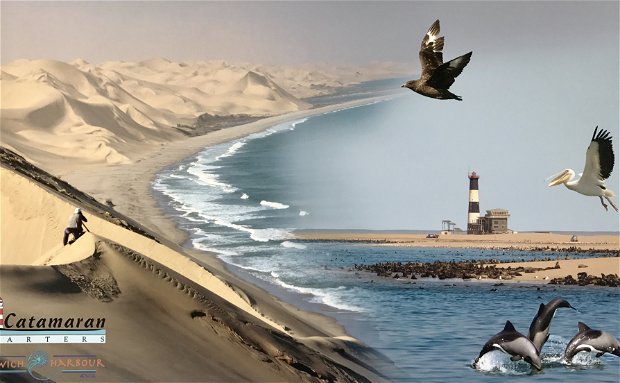
The Sailing Desert Adventure provides the ultimate combination of viewing our marine life on a leisure sailing cruise on the Atlantic Ocean and exploring our fauna and flora with a ride in the breathtaking Sandwich Harbour Area of the Namib Naukluft Park.
We set sail daily between 08h45 and 09h00 (check-in 08h30) every morning with our sister company Catamaran Charters from our Jetty at the Walvis Bay Waterfront for a marine educational sailing excursion in the bay area in search of the Marine Big 5: Whales, Dolphins, Mola, Leatherback turtle and seals. While serving hot coffee and tea, our initial route takes us past oyster farms as we approach Pelican Point with its landmark lighthouse and 60,000 resident Cape Fur Seals.
In season (July to November), larger mammals such as the Southern Right Whale and Humpback Whales are often spotted, while other whale species, such as the Gray whale and the Pygmy Right whale have made appearances. Bottlenose, Heaviside and Dusky dolphins are regularly seen, as are Sunfish and Leatherback Turtles. Accompanying our four sailing catamarans throughout are a variety of seabirds, such as the Kelp Gull, Hartlaub’s Gull, Pelicans, Skua and Cape Cormorant.
We hoist the sails of our four sailing catamarans whenever possible, switch off the engines and let our guests experience true sailing. Guests can even help in putting up the sails and rigging the ropes.
Our journey from Pelican Point takes us past some of the more interesting ships and oil rigs in the bay as we serve fresh oysters with sparkling wine, savoury snacks and desserts together with light drinks, cooldrinks and water. We return to the Waterfront at about 12h30, where your Sandwich Harbour 4x4 guide will meet you for your afternoon Sandwich Harbour excursion.
After a short break at the Walvis Bay Lagoon to see masses of flamingos, the drive initially takes us to the Kuiseb river delta, a dry riverbed where the odd springbok may still be seen. We are the only activity operator allowed to access this area as it forms part of the Kuiseb Delta Concession which was awarded to us in 2019. If weather and tides allow, we will drive right to the Sandwich Harbour Lagoon, one of Southern Africa’s richest and unique wetlands and one of five RAMSAR sites (Ramsar site no. 743) in Namibia.
Sandwich Harbour boasts two distinct wetlands and associated mudflats. One is aquifer-fed and supports typical emergent vegetation, but is slowly disappearing due to natural causes. The second, under tidal influence, consists of mudflats and raised shingle bars. Wedged between the sea and the Namib Dunes, it is one of Namibia's most important coastal wetlands, supporting eight endangered species among the large numbers of wading birds. Several archaeological sites dating back 1,000 years exist within the site. Human activities have included fishing, guano collection, and hunting. The site is used for scientific research, with surrounding areas used for tourism, recreation, and angling.
If our vehicles cannot drive all along the beach to get to Sandwich Harbour because of high tide, you will get a chance to see the lagoon area from one of our many beautiful lookout spots and will have the time to walk and explore. We have lots of time to stop along the way for photography.
When it becomes time to enjoy something to eat, your guide simply finds a suitable place to stop and serves a selection of oysters and snacks with sparkling wine, beers and cooldrinks. We usually do this on top of a high dune overlooking the Atlantic Ocean, or on the beach.
The route homewards will take us past the area’s typical fauna and flora. Animals which have developed ways to adapt to the desert include the black-backed jackal, fog-basking beetle, dancing spider (‘white lady of the Namib’), golden mole, shovel-snouted lizard, palmato gecko, springbok, oryx, brown hyena and ostrich.
No less spectacular is the iconic fruit of the Namib desert, the !Nara melon. This leafless plant with its long tap root (up to 15 meters) has been an important part of the ǂAonin people’s diet, key to their survival in the area for more than a century and still to this day is the only local plant that is utilized commercially.
We return to the Walvis Bay Waterfront at around 16h30.
Gallery
Itinerary
Departure at Catamaran Charters Jetty at the Waterfront
The Marine Desert Adventure gives you the ultimate combination of viewing our marine life on a leisure cruise on the Atlantic Ocean and exploring our fauna and flora with a ride in the breathtaking Sandwich Harbour Area of the Namib Naukluft Park. The day starts with a marine educational cruise on one of our luxury catamarans at 09h00 in search of the marine big 5: Whales, Dolphins, Mola, Leatherback turtle and seals.
Oyster Farms
Lighthouse at Pelican Point
We approach Pelican Point with its landmark lighthouse and 50,000 resident cape fur seals. In season (July to November), larger mammals such as the Southern Right Whale and Humpback Whales are often spotted, while other whale species, such as the Gray whale and the Pygmy Right whale have made appearances. Bottlenose, heaviside and dusky dolphins are regularly seen, as are Mola Molas and Leatherback Turtles. Accompanying our three catamarans throughout are a variety of seabirds, such as the Kelp Gull, Hartlaub’s Gull, Pelicans, Skua and Cape Cormorant.
Seal colony
We visit the seal colony at Pelican Point, home to about 50,000 Cape fur seals. The Cape fur seal is the largest and most robust fur seal. It has a large and broad head with a pointed snout that may be flat or upturned slightly. They have external ear flaps and their whiskers are long, and may extend backward past the pinnae, especially in adult males. The foreflippers are covered with sparse hair over about three-quarters of their length. The hindflippers are short relative to the large body, with short, fleshy tips on the digits. The size and weight of the cape fur seal depends on the subspecies. The Southern African subspecies is on average slightly larger than the Australian subspecies. Males of the African subspecies are 2.3 metres in length on average and weigh from 200–300 kilograms. Females are smaller, averaging 1.8 metres in length and weighing an average of 120 kilograms.
Cruise past ships in the bay
Our journey from Pelican Point takes us past some of the more interesting ships in the bay as we serve fresh oysters with sparkling wine, snacks and desserts together with light drinks, cooldrinks and water. We return to the waterfront at 12h30, where your Sandwich Harbour 4x4 guide will meet you for your excursion to Sandwich Harbour.
Walvis Bay Saltpans
Kuiseb River Delta
Sandwich Harbour Lagoon - Southern Africa’s richest and unique wetlands
Depending on the tides and the swell, we will try to reach the Sandwich Harbour Lagoon along the beach, one of Southern Africa’s richest and unique wetlands. Alternatively, we will take an exciting dune ride to our lookout dune to get an aerial view of the Sandwich Harbour Lagoon. We have lots of time to stop along the way for photography.
Snacks overlooking the Atlantic Ocean or the majestic dunes
Fauna and Flora unique to the central Namib Desert
The route homewards will take us past the areas typical fauna and flora. Animals which have developed ways to adapt to the desert include the black-backed jackal, fog-basking beetle, dancing spider (white lady of the Namib), golden mole, shovel-snouted lizard, palmato gecko, springbok, oryx, brown hyaena and ostrich.
Endemic to the central Namib Desert, the Nara plant has adapted well to the desert: Its tap root can reach more than 15m into the ground to reach water resources and they have no leaves to lower loss of water by transpiration.
We return to the Walvis Bay Waterfront at around 17h00.
















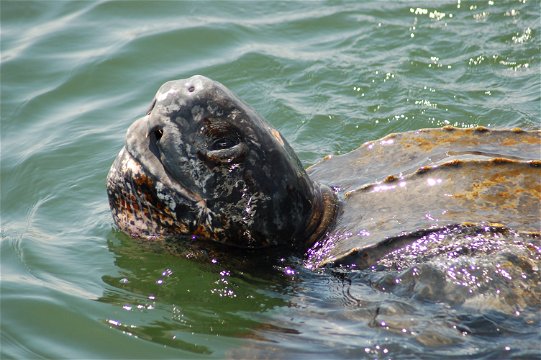
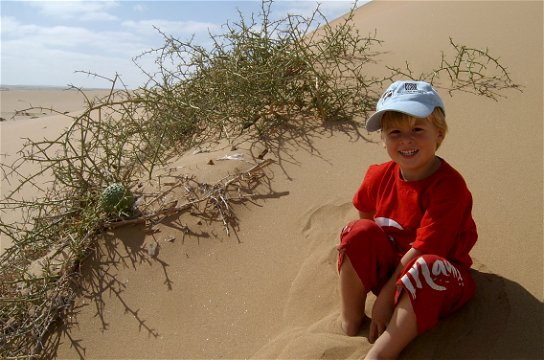
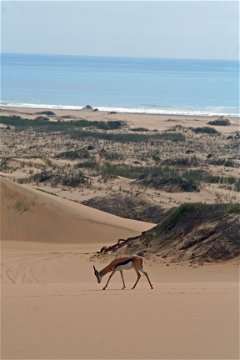
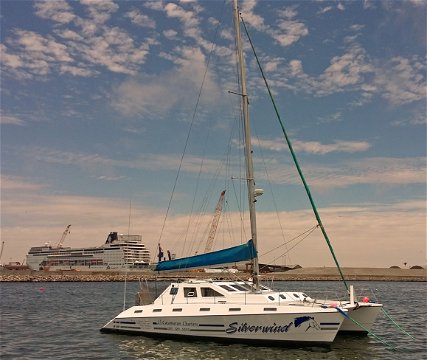
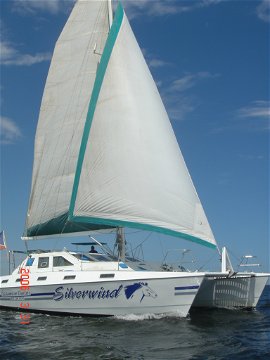
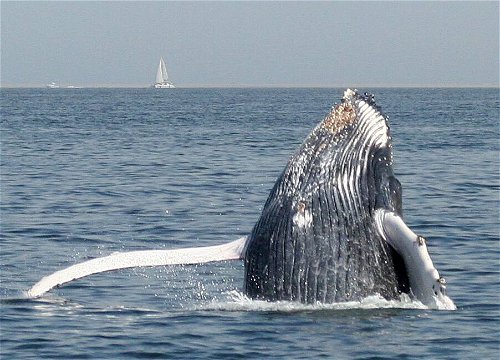
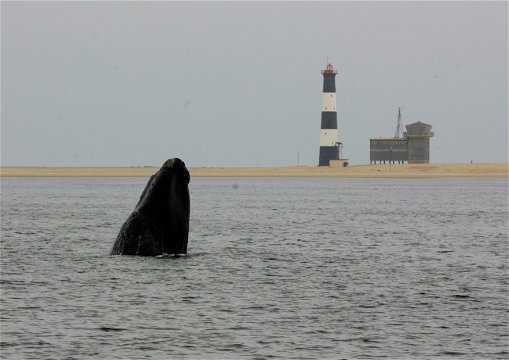
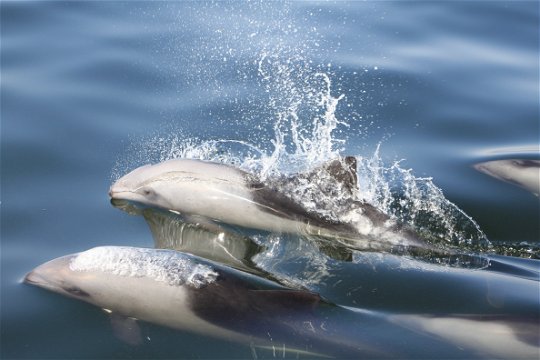
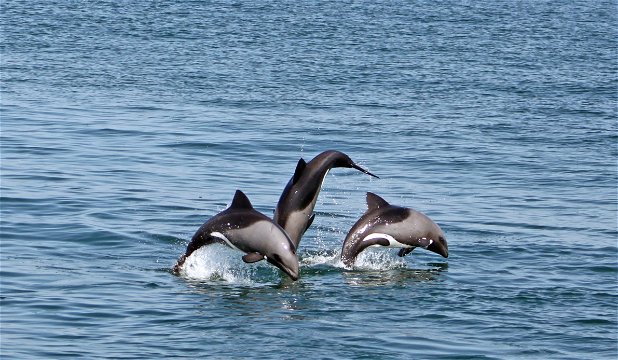
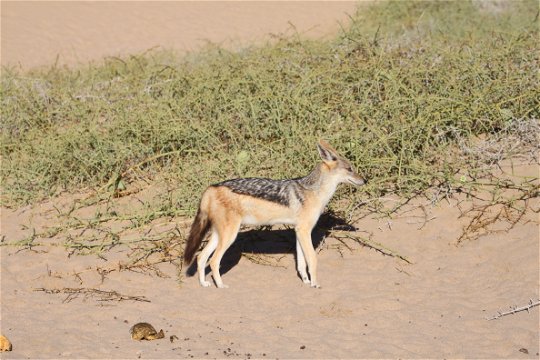


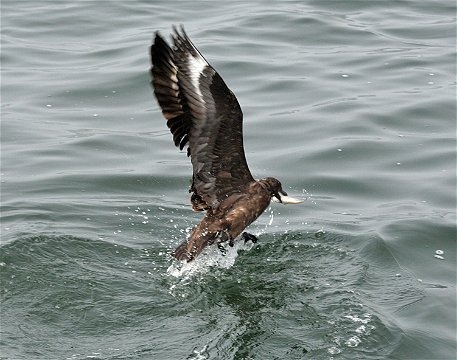
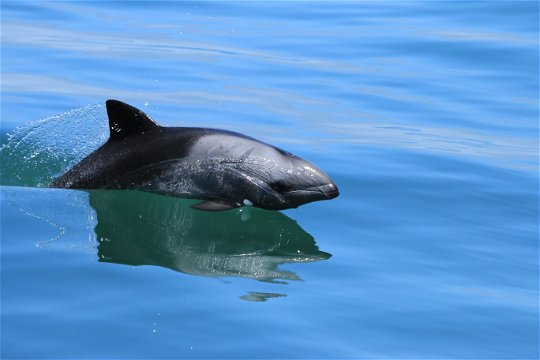
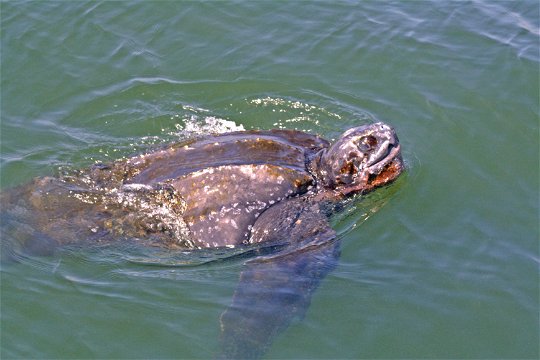
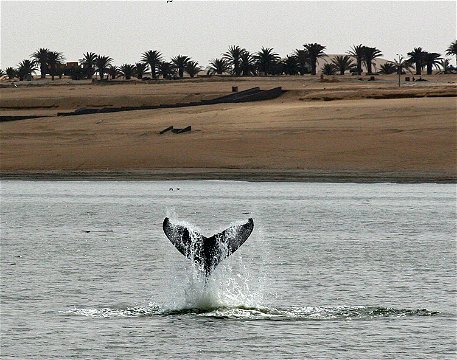

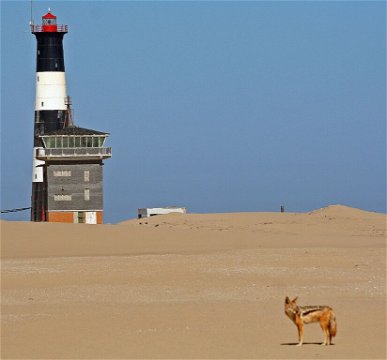
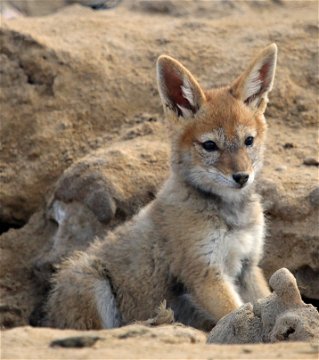


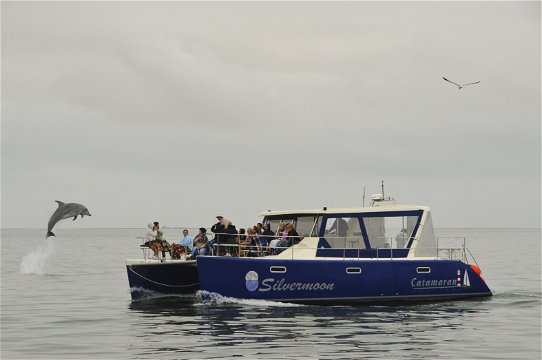

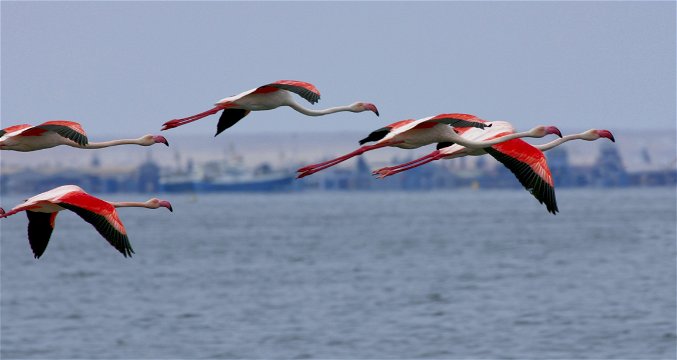

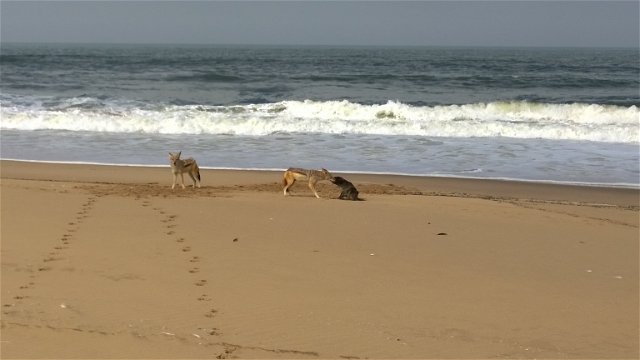



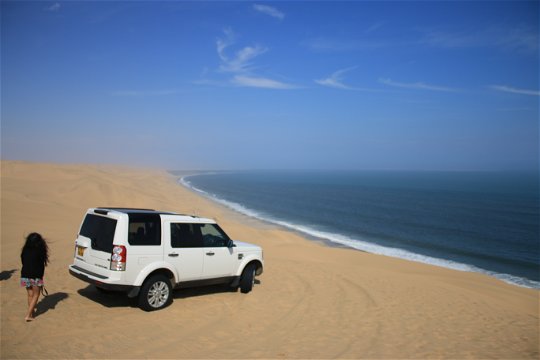
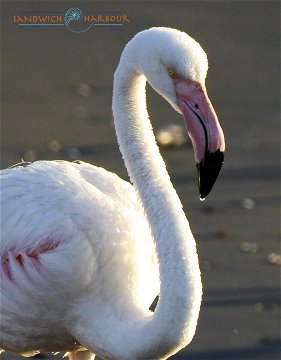
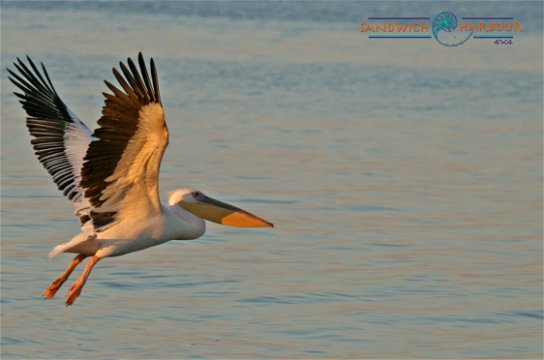

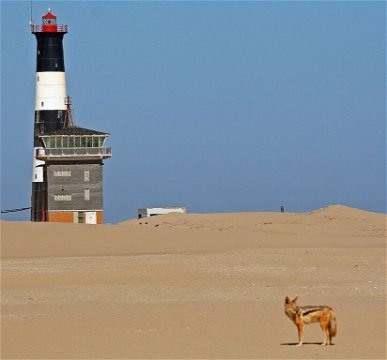
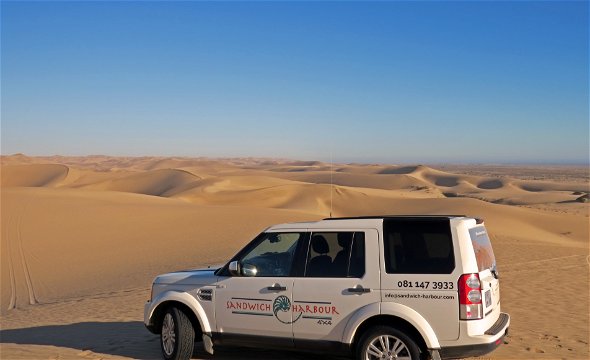

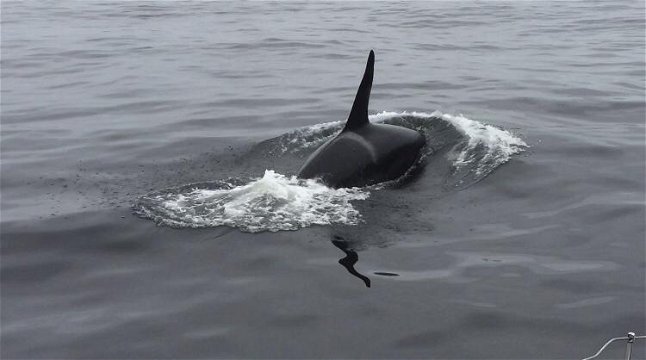
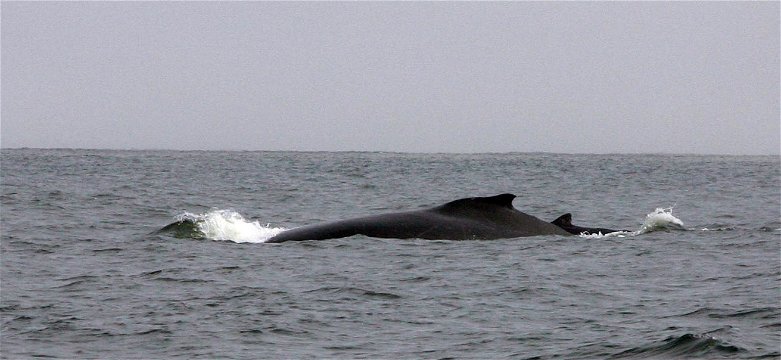
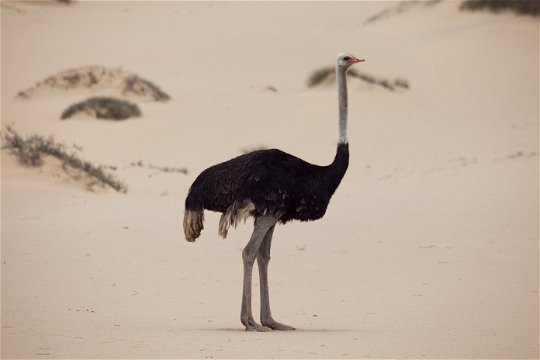
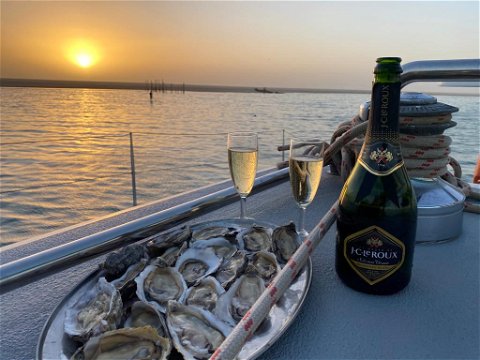
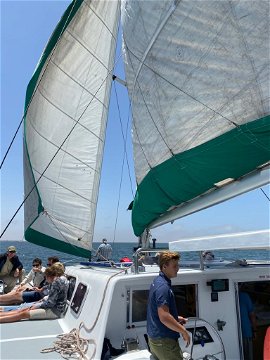

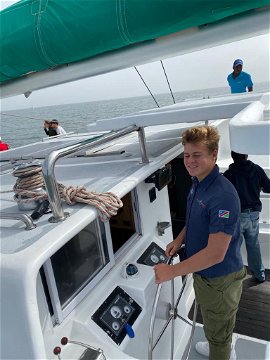
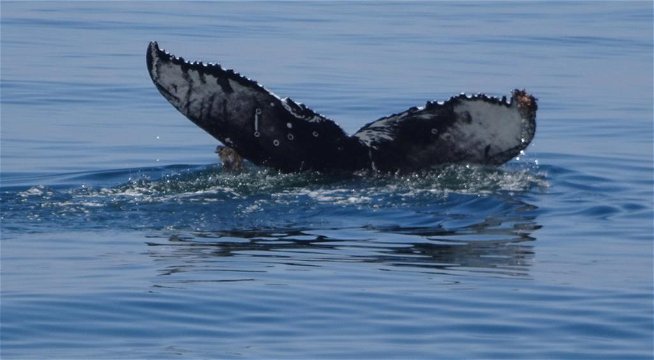
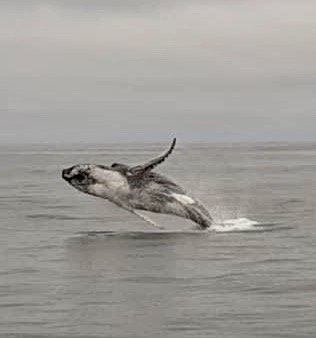
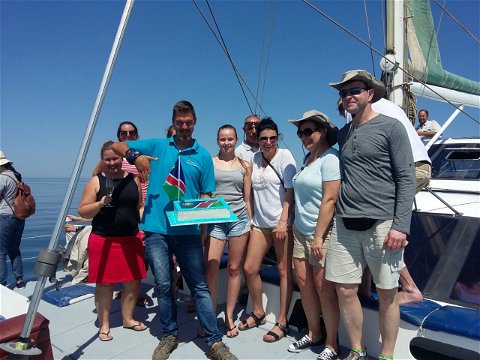
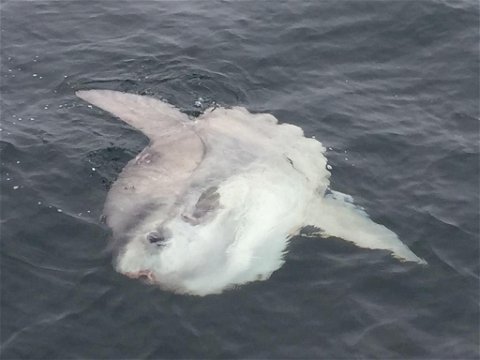
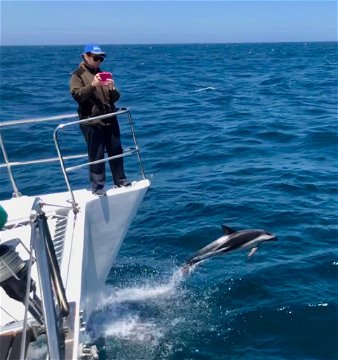
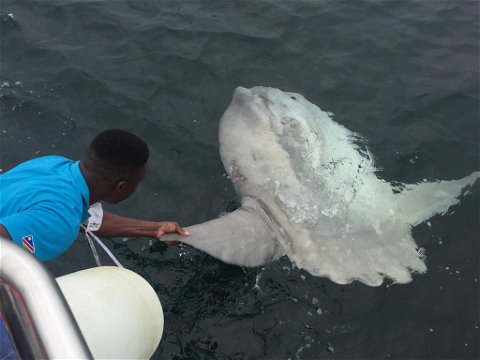
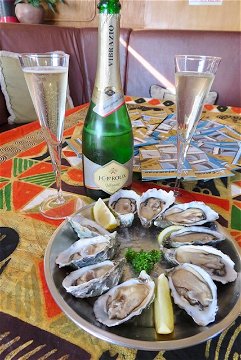
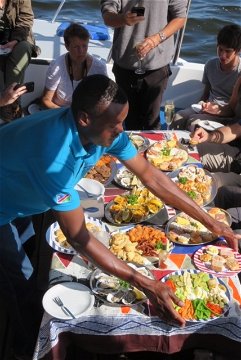
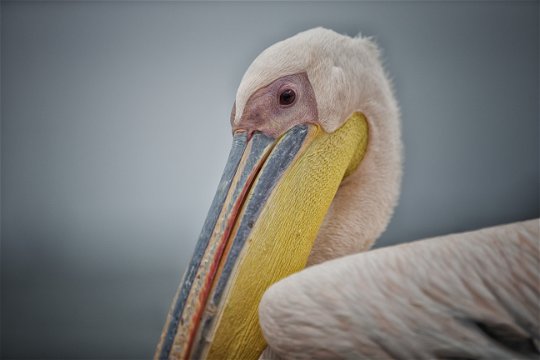
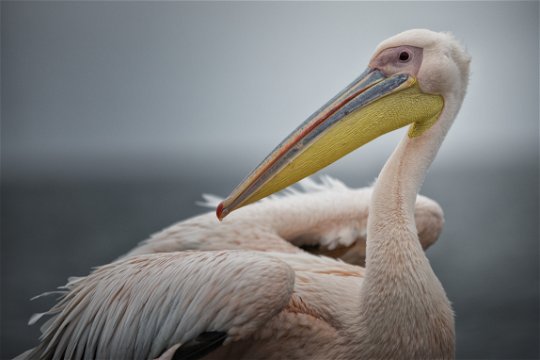



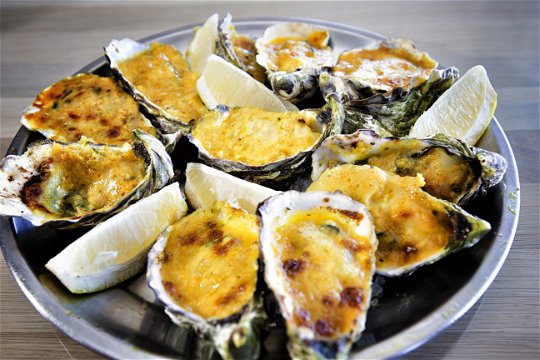


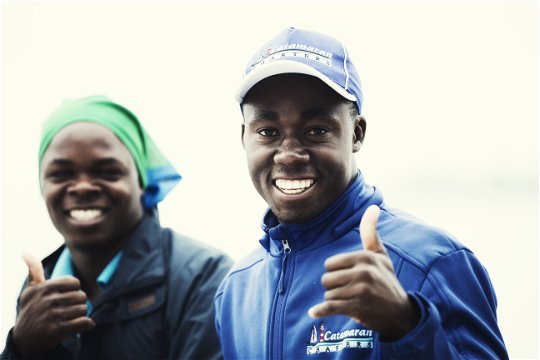
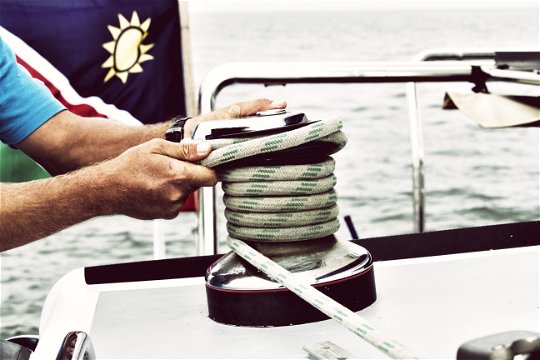
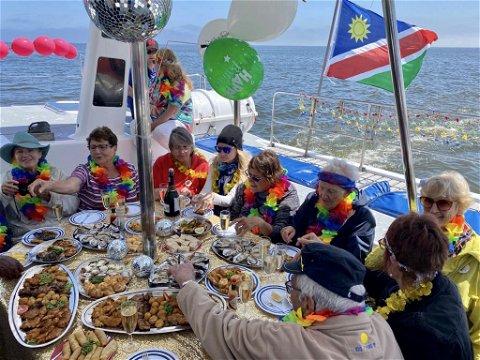
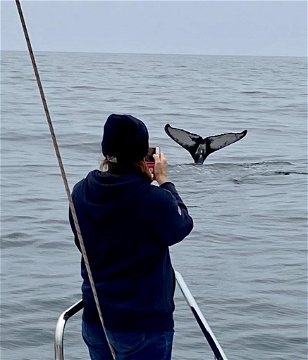

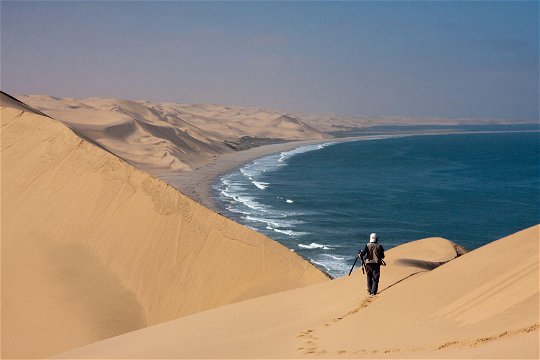

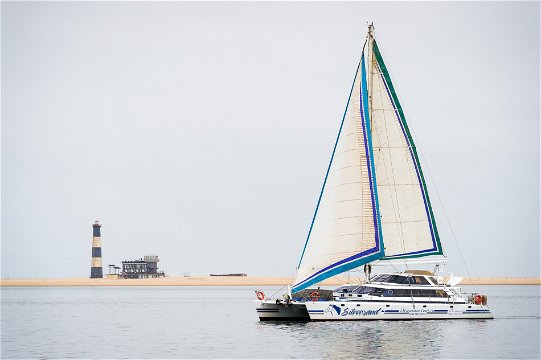
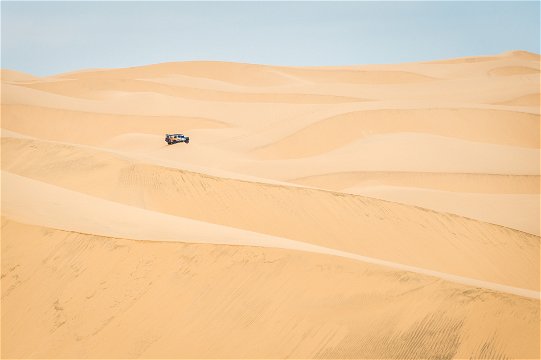
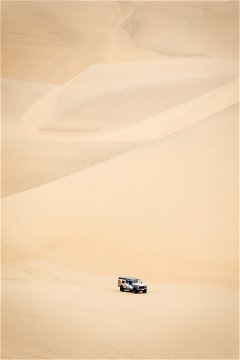
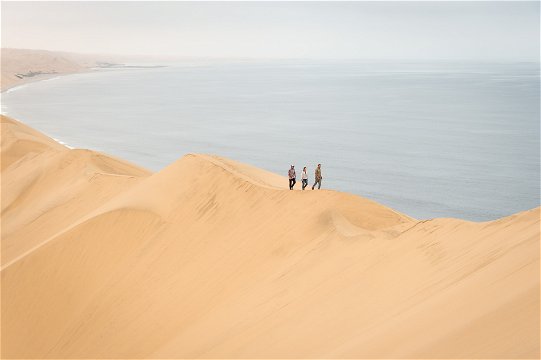

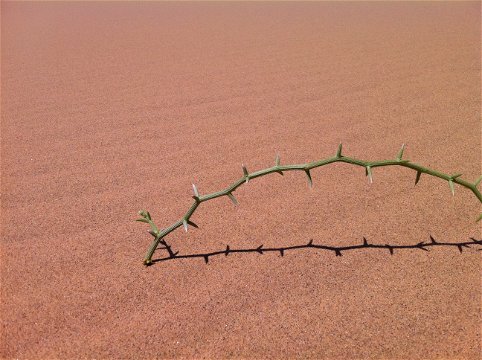
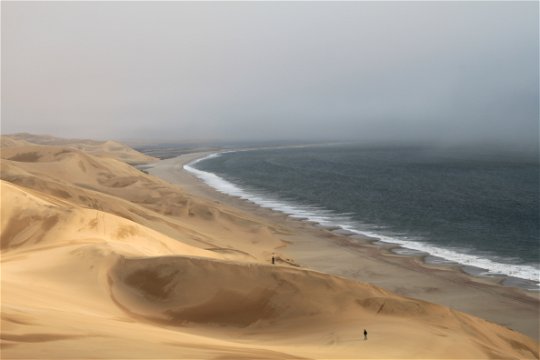
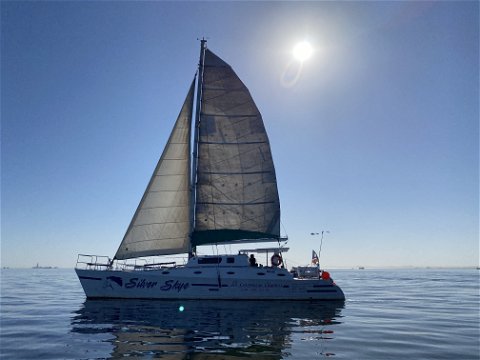
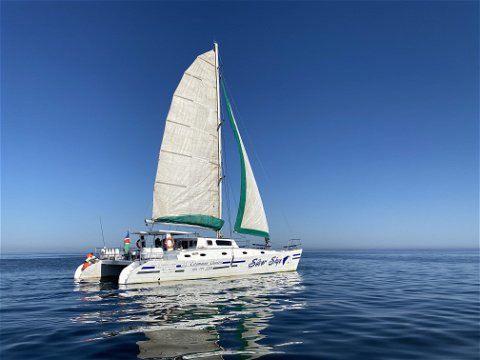
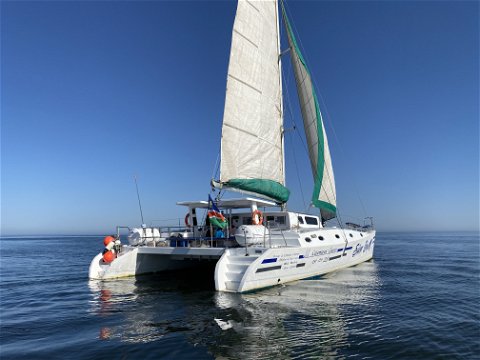

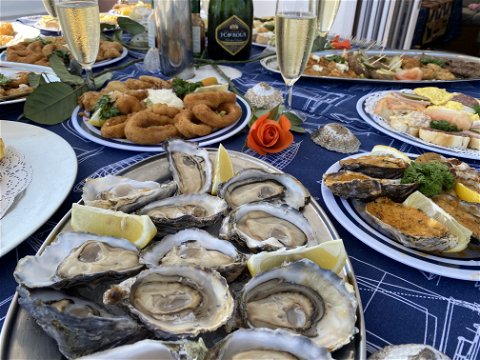
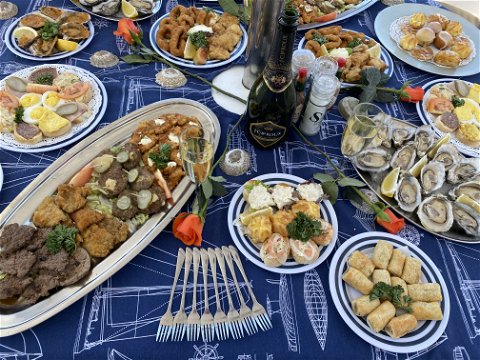
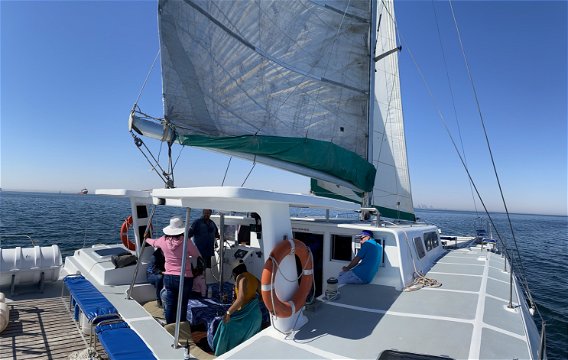

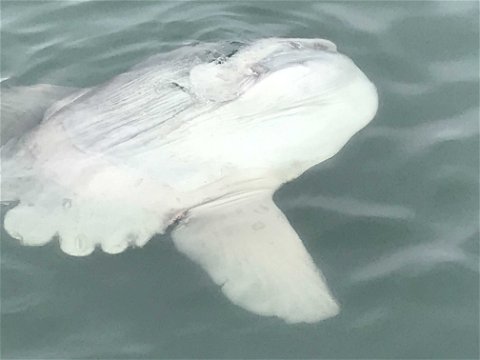
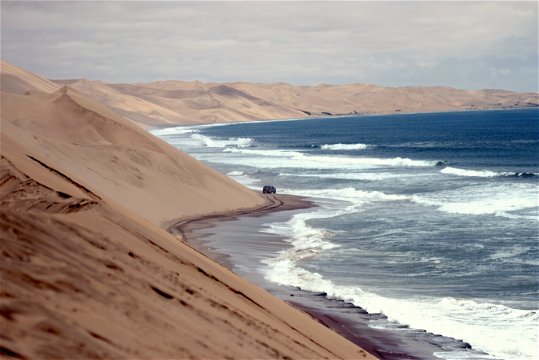
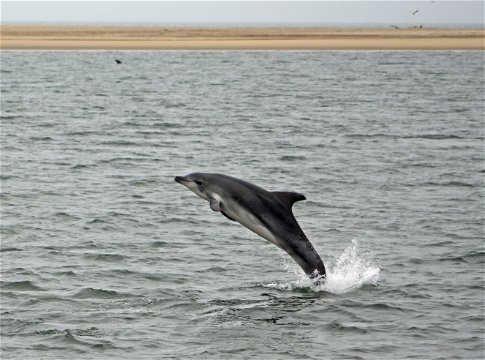
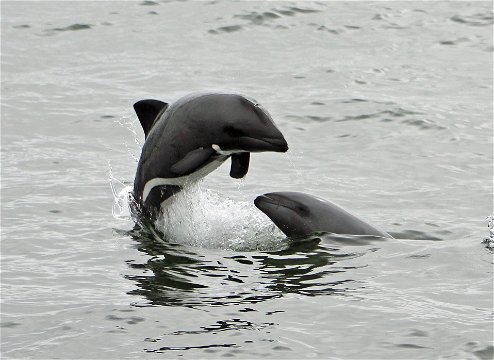

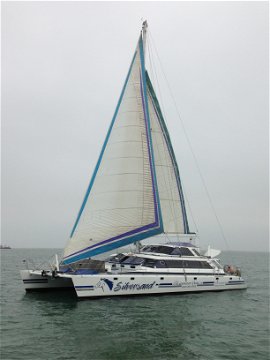
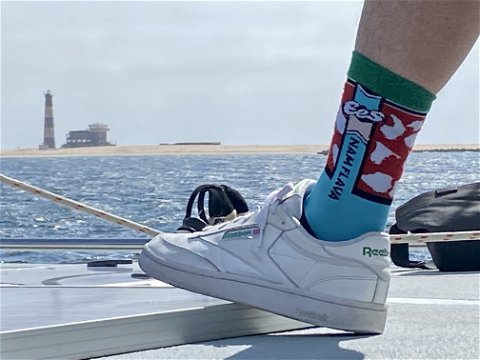
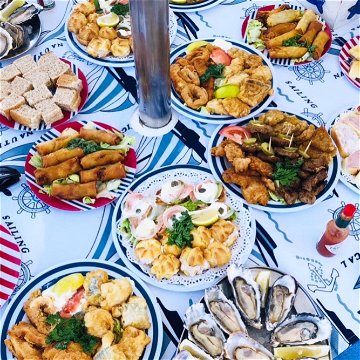






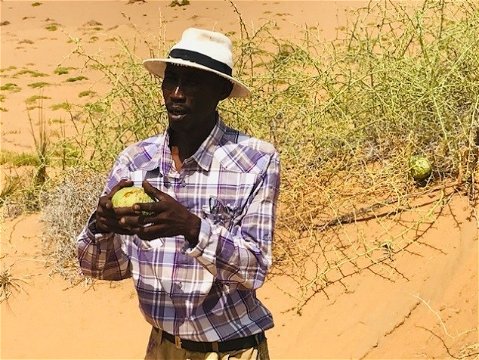

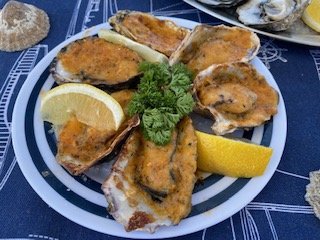


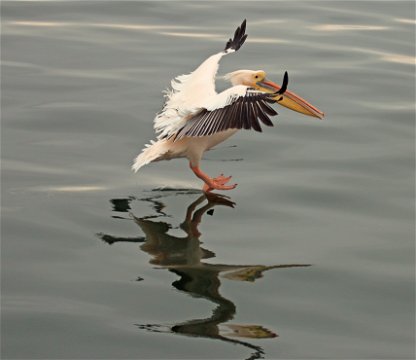
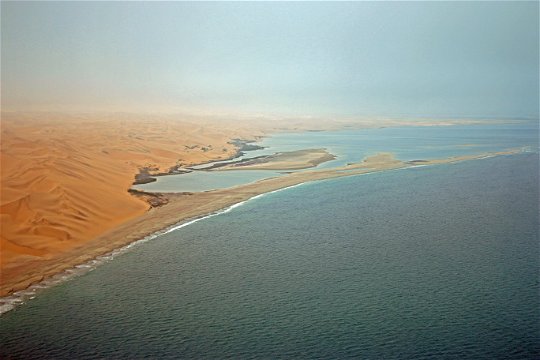

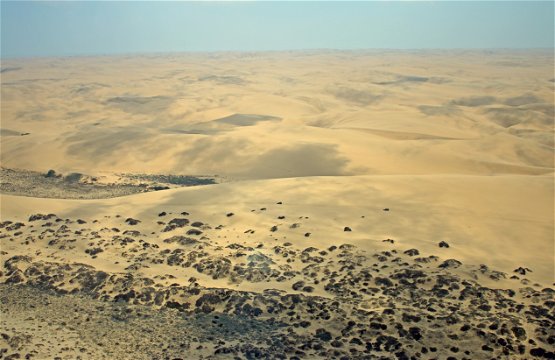

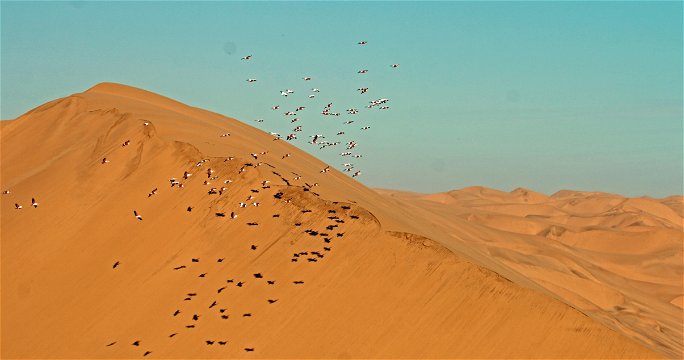
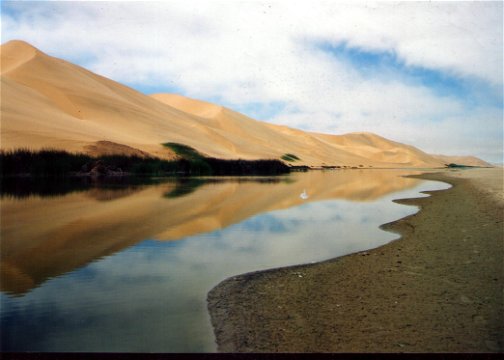
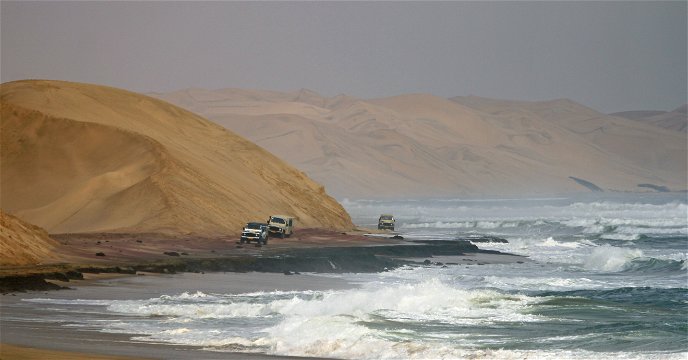
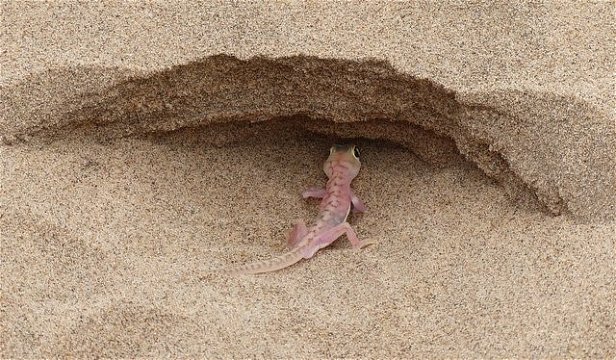
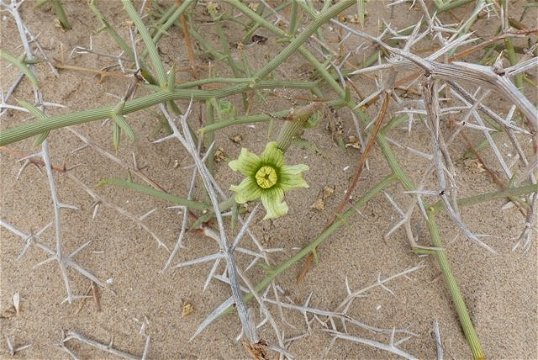
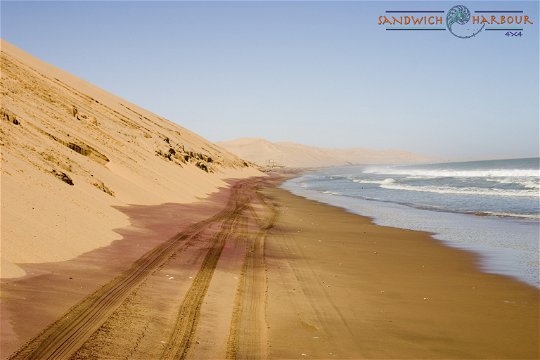
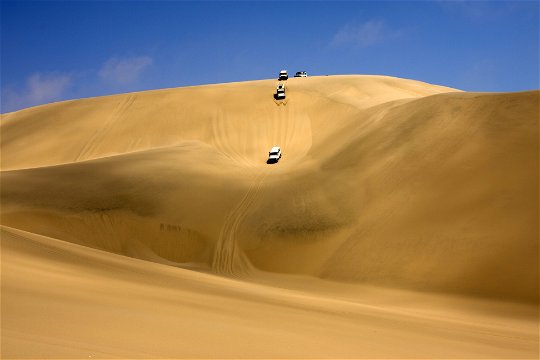
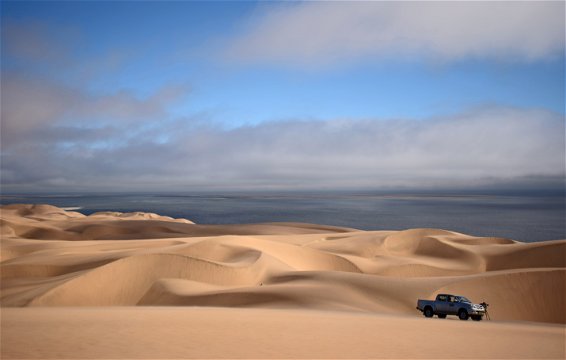
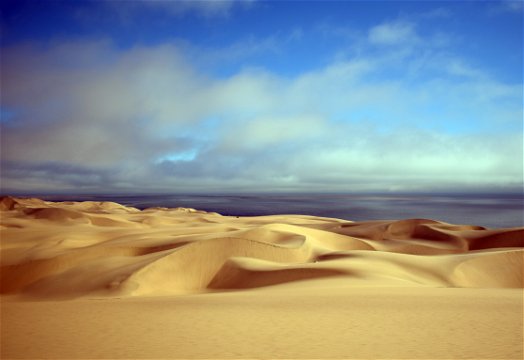
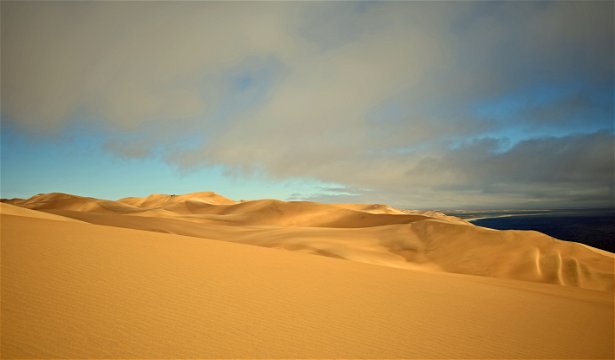
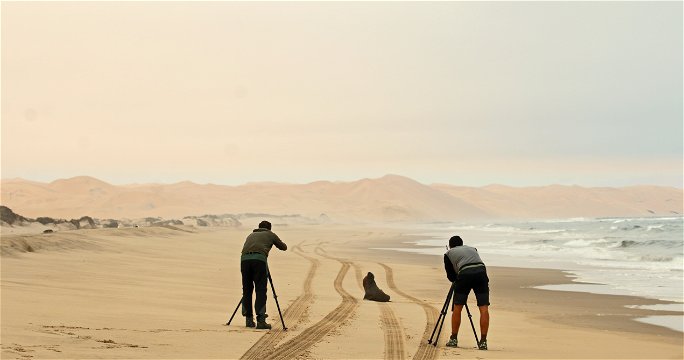

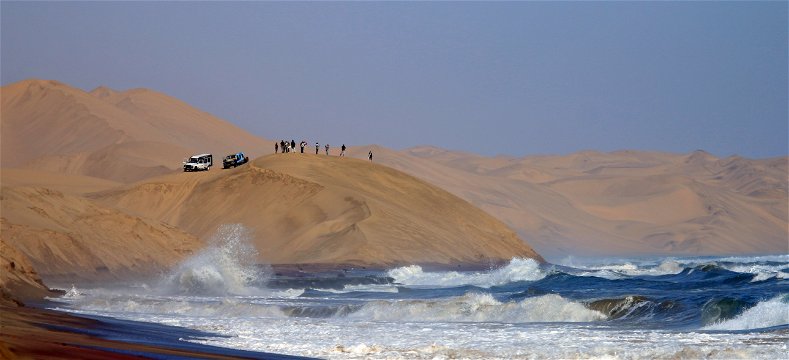
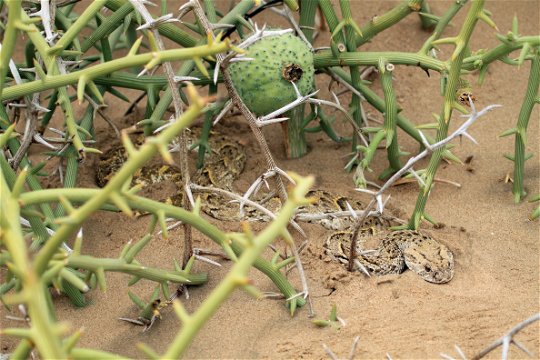
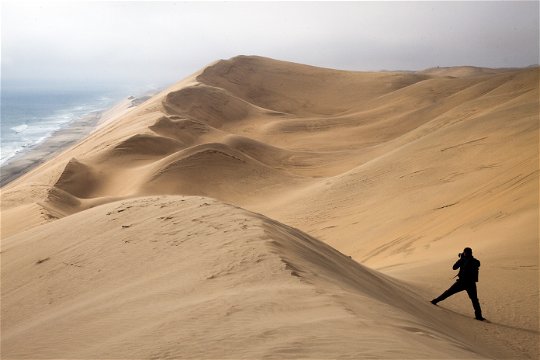
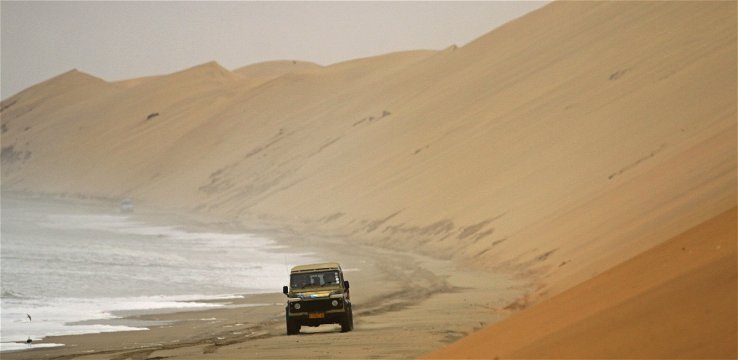
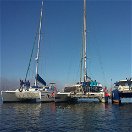
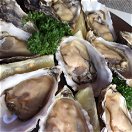
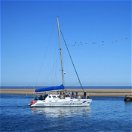
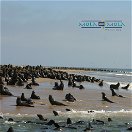
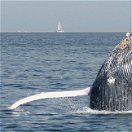

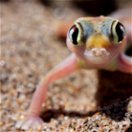
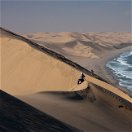
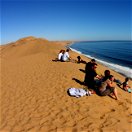
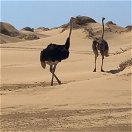
Share This Page